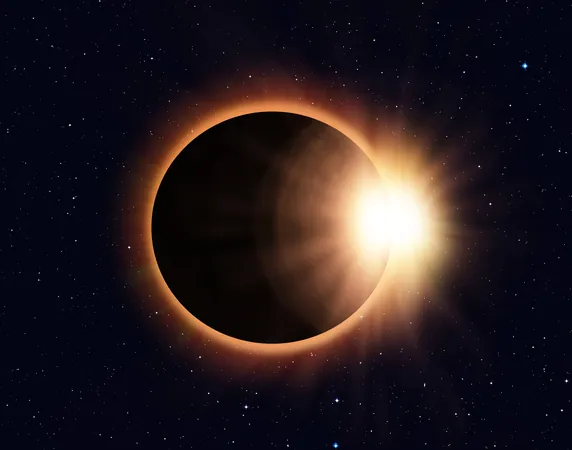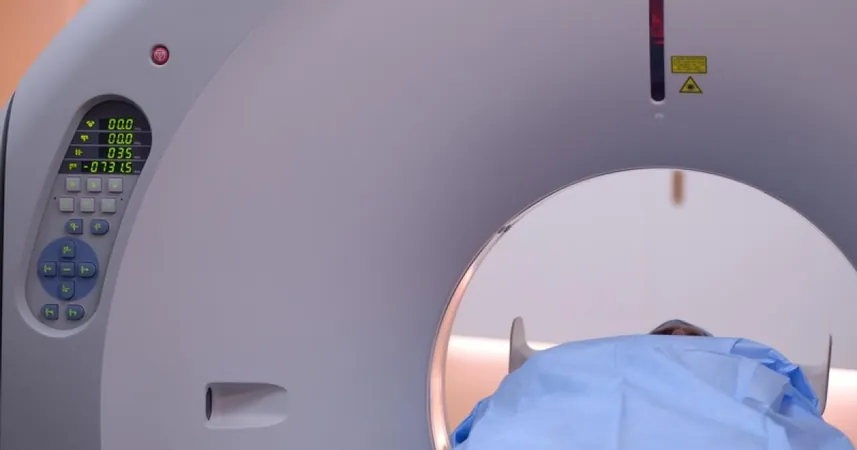
ISRO Successfully Launches ESA’s Groundbreaking Proba-3 Satellite Mission!
2024-12-09
Author: Wei Ling
Introduction
In an impressive feat for international space collaboration, India’s space agency ISRO recently launched a pair of advanced satellites for the European Space Agency (ESA), marking a significant milestone in high-precision formation flying technology. This innovative mission, dubbed Proba-3, aims to showcase the potential of "virtual satellites" that operate together in carefully orchestrated formations.
Launch Details
The launch was executed flawlessly using ISRO’s PSLV-XL rocket, and footage of the launch displayed key operational milestones, including the Passive Spring-Out Mechanism separation and the ignition sequence leading to satellite separation. ESA officials celebrated this successful launch, stating that the two satellites would soon be separated and positioned into a safe relative tandem orbit.
Mission Overview
But what’s next? The real excitement kicks off as the launched payloads—the Coronagraph and Occulter spacecraft—begin their mission. These satellites are engineered to fly with remarkable precision, maintaining angles with an accuracy measured in arc-seconds, which is essential for their collaborative observation of the Sun's corona. The Occulter will position itself between the Coronagraph and the Sun, effectively blocking sunlight and allowing researchers to study the corona, visible only during rare solar eclipses from Earth.
Significance of Formation Flying
By successfully flying in formation, the Coronagraph’s instruments will be able to capture detailed images of the corona, offering insights into solar dynamics and activity. The satellites will take turns flying in tight formation for six hours at a time before passively drifting to conserve fuel, continuously demonstrating essential operations such as proximity, rendezvous, and convoy flying throughout their missions.
Broader Implications
The implications of the Proba-3 mission extend beyond just solar observation. ESA envisions that this pioneering flight will unlock new applications in satellite servicing, Earth observation, and scientific exploration. Moreover, the mission will test key technologies for collision avoidance and rendezvous that could be vital for future ambitious endeavors, including the Mars Sample Return missions and efficient satellite de-orbiting strategies.
Looking Ahead
Adding to the excitement, ESA has plans for additional collaborative missions like the Laser Interferometer Space Antenna (LISA), slated for 2035, which will feature three satellites flying in a triangular formation to detect gravitational waves—a testament to the expanding capabilities of space exploration.
Conclusion
As we forge ahead into a new era of satellite technology, the success of Proba-3 not only verifies the validity of formation flying but also paves the way for future missions that could redefine observational astronomy and beyond. Stay tuned for more thrilling developments in the fascinating world of space science!




 Brasil (PT)
Brasil (PT)
 Canada (EN)
Canada (EN)
 Chile (ES)
Chile (ES)
 España (ES)
España (ES)
 France (FR)
France (FR)
 Hong Kong (EN)
Hong Kong (EN)
 Italia (IT)
Italia (IT)
 日本 (JA)
日本 (JA)
 Magyarország (HU)
Magyarország (HU)
 Norge (NO)
Norge (NO)
 Polska (PL)
Polska (PL)
 Schweiz (DE)
Schweiz (DE)
 Singapore (EN)
Singapore (EN)
 Sverige (SV)
Sverige (SV)
 Suomi (FI)
Suomi (FI)
 Türkiye (TR)
Türkiye (TR)